Squalane in cosmetics - how does it work on the skin?
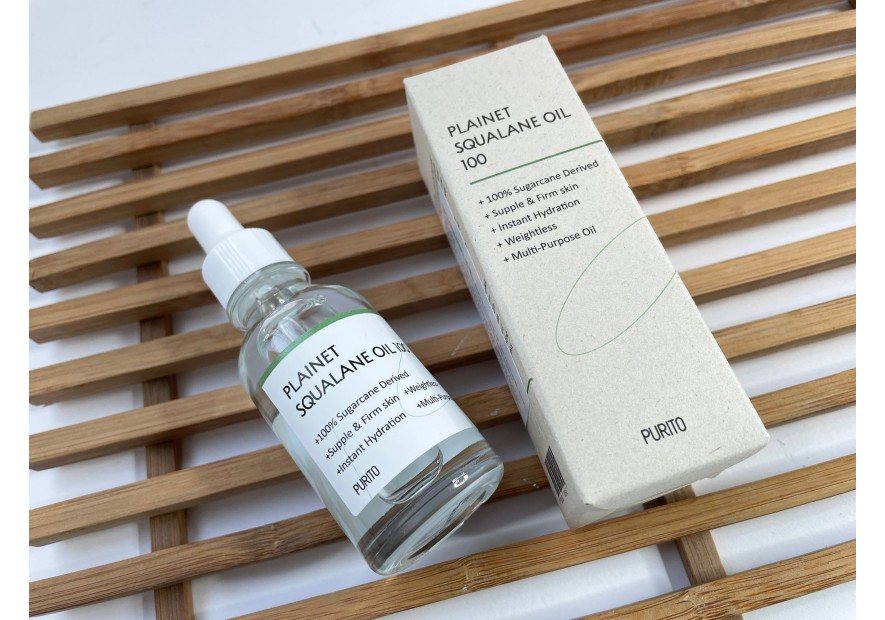
Squalane is naturally present in our skin. About 15% is the main component of sebum. It is silky soft to the touch. This is not the only reason why squalane is increasingly being used in cosmetics. Squalane has a triple effect:
It protects the skin from moisture loss and prevents oxidation of the skin's own fats
It is very easily spreadable and makes the skin pleasant
It improves the absorption of cosmetic agents and transports the active ingredients
What is squalane?
Squalane is a transparent, odorless oil. Squalane is usually derived from olives. It differs significantly from olive oil. It is less greasy. An environmentally friendly version made from sugar cane has also recently become available. A big step forward because in the past squalane was made from shark liver. Hence the name. "Squalus" in Latin means "shark." Plant-based squalane is called phytosqualane and is 100% vegan.
Squalane for dry skin and for more hydration
We call squalane "natural" because it's about 15% content is one of the main components of sebum. The sebum makes sure that our skin does not dry out and forms a hydro-lipid film on the skin. Therefore, squalane works wonders for dry skin.
Squalane retains moisture for a long time and reduces the skin's moisture loss. This leads to better skin hydration and fewer wrinkles. The skin looks healthy and glowing.
Squalane is a colorless, odorless oil
Squalane as an antioxidant
But that's not all: Squalane acts like a vitamin. It ensures that other skin lipids, that is, fats, are not oxidized. So, squalane is an antioxidant.
What does this mean? Free radicals are produced everywhere in our bodies. These molecules are unstable and are constantly looking for partners to react with. They do all kinds of damage. Squalane can convert these free radicals into molecular oxygen and thus protect our skin.
Antioxidants are considered anti-aging ingredients. They help our skin protect itself from the stresses of everyday life. Another well-known antioxidant is vitamin C. Vitamin E also prevents lipid peroxidation in our skin.
Use in pure form or in cosmetics
Squalane is used more and more often in high quality cosmetics. Because every cream should have a silky "finish". And if possible, without interfering greasy film. All the better if you can do without artificial silicones. You can easily identify squalane on the package. The labeling of this ingredient in the composition is quite simple: Squalane.
Squalane is especially suitable for use in cosmetics. Because it is an essential part of our skin barrier. Because our body "knows" squalane, it is highly compatible and allergies to squalane are practically eliminated.
But not only that: squalane also helps to deliver active ingredients to the skin. Because compared to artificial substitutes, squalane penetrates deeper into the skin and nourishes it for a long time. Other active ingredients can also be transported into the skin.
Squalane has been shown to provide more moisture retention in the skin. This improves the moisture content of the skin.
Squalane for Hair
Chemically speaking, squalane is not a typical oil, but an alkane (a saturated hydrocarbon). However, its physical properties are similar to those of an oil. So it's caring, but not greasy. This makes it an ideal hair care product.
Unlike saturated coconut oil or argan oil, squalane has some hair care benefits. Hair stays airy and doesn't get greasy. However, they are still supplied with moisture. That is why squalane is used in shampoos and conditioners. As a moisturizing additive or natural conditioner with a caring effect.
However, squalane can also be used as a non-washable product. This is the name given to products that do not wash off. Pure squalane is especially popular as a hair oil. It can quickly help brittle hair ends.
Squalane is also used as a product before washing dry hair. A generous amount of squalane is rubbed into the scalp and hair. After a few hours the hair is washed. This enhances the care effect and keeps the hair better moisturized.
Squalane in pregnancy
Squalane provides skin hydration and has a positive effect on the elasticity of our skin. That is why squalane is ideal for preventing skin stretch marks. During pregnancy, the abdomen can be rubbed with squalane without hesitation. This prevents so-called stretch marks, which often appear after childbirth.
By the way, squalane is also suitable for baby care. Compared to conventional baby oils, squalane has the advantage that it does not cause allergies. It is endogenous to the skin and therefore more compatible than vegetable and fragrance oils.
Does squalane cause acne?
Basically, squalane is considered non-comedogenic. So it is not known to cause acne. Black spots are called "comedones." Hence the term.
Every skin is unique and contains a different concentration of lipids (fatty acids). In acne, all lipids are elevated. Therefore, the following applies: Pure oils should not be used to treat acne.
For acne, we recommend a water-based cream that naturally regulates sebum production. For the treatment and prevention of acne, it is best to choose cosmetics that focus on this problem.
Why is squalane not in every cream?
With so many positive properties, it is natural to wonder why squalane is not in every skin cream. The answer often lies in price and expiration dates.
Not only is this natural raw material more expensive, but it also has a shorter shelf life as opposed to artificial ingredients. That's why you won't find squalane in many products.
Squalane, squalene or phytosqualane - what does it mean?
The substance that is actually found in our skin is called squalene with the letter "E". However, squalene is not suitable for the production of cosmetics. It is an unsaturated fatty acid and therefore has a short shelf life. Unsaturated fats are more reactive than saturated fats and oxidize faster.
Therefore, for the production of cosmetics, squalene is converted to squalane with the letter "A". Squalane is resistant to oxidation and therefore has a longer shelf life. Squalane with the letter "E" at the end is the designation of cosmetic ingredients.
Phytosqualane means that squalane was made from plants. This applies to any regular squalane these days.
What kind of cosmetics with squalane should you choose?
If you want your skin to be velvety and soft, then cosmetics with squalane are the right choice. The best cosmetics with squalane:
PURITO Plainet Squalane Oil 100. This is a versatile squalane oil for all areas of the body. Suitable for use on hair, lips and other localized areas.
ISNTREE TW-Real Eye Cream. This rejuvenating eye cream with lysate of bifidobacteria and squalane helps take care of the delicate skin around the eyes.
Dr. Althea Premium Squalane Silk Mask. This moisturizing tissue mask with squalane for glowing skin.
Pyunkang Yul Calming Mask. This soothing tissue mask with an active ingredient of centella and squalane.
Lador Wonder Hair Oil. It is a moisturizing oil for restoring hair shine.
Pyunkang Yul Calming Moisture Barrier Cream. This soothing barrier cream will help protect your skin from dryness and flakiness.











































































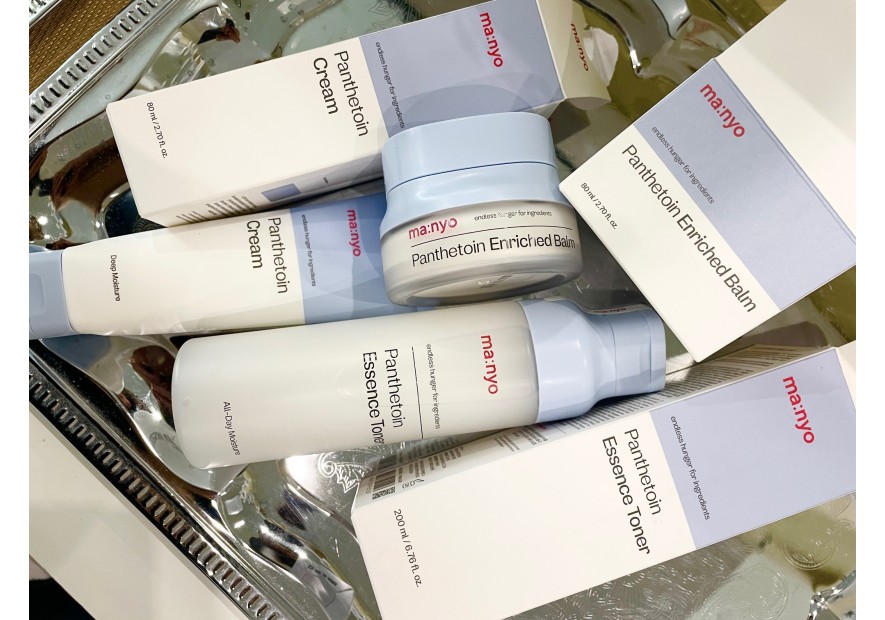

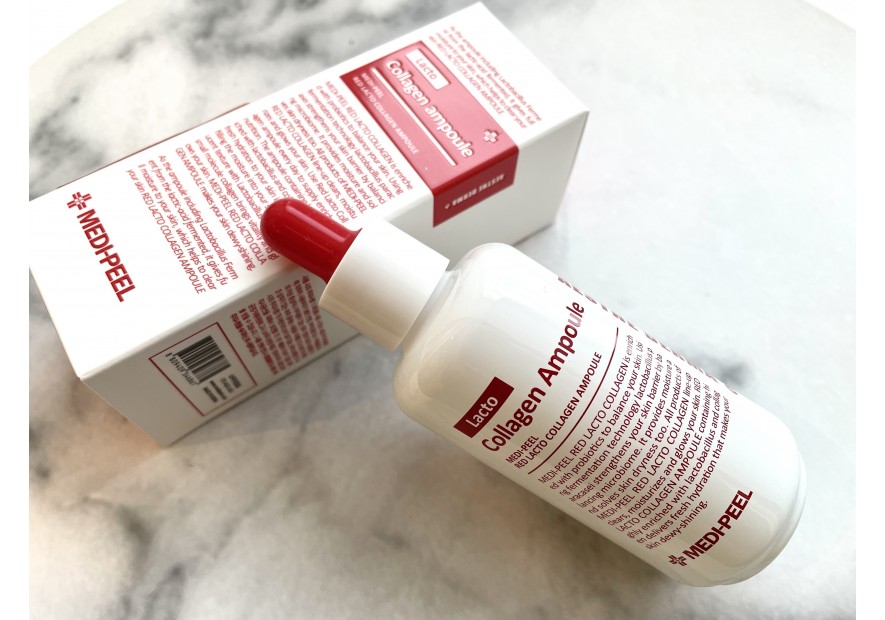

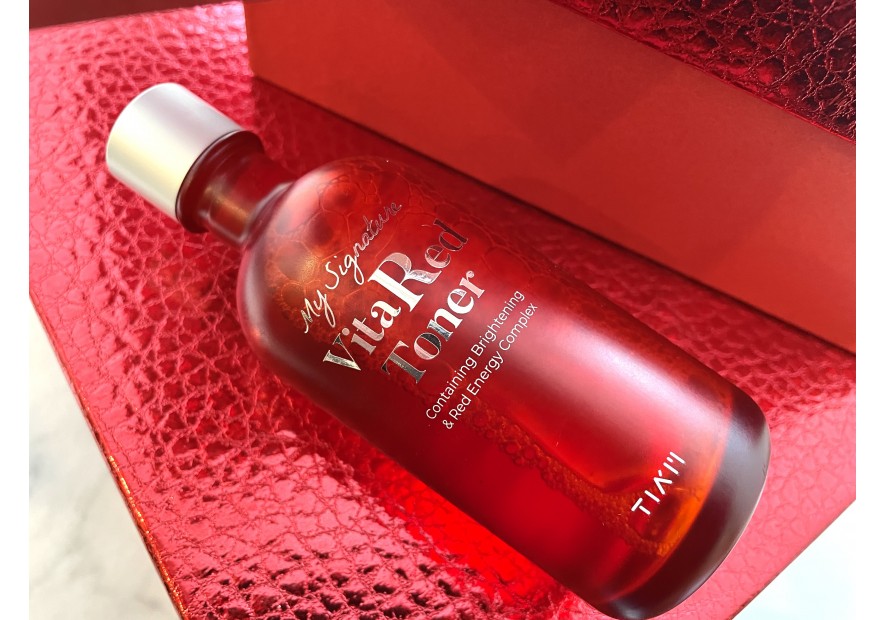
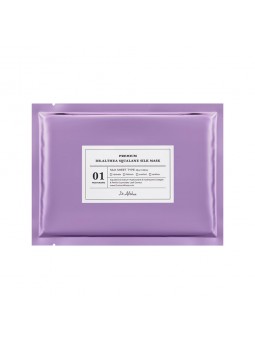
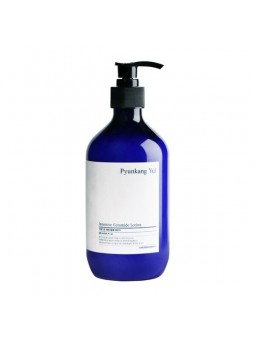

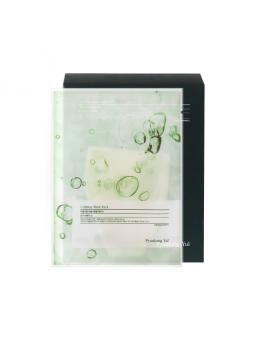
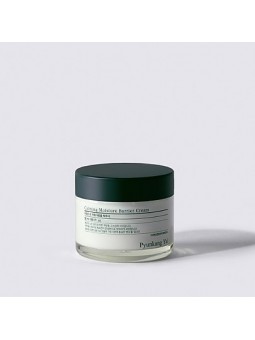

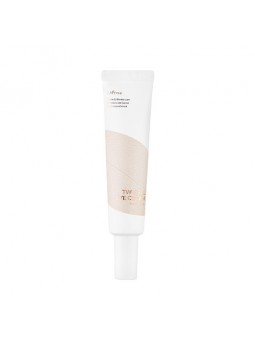

Leave a comment